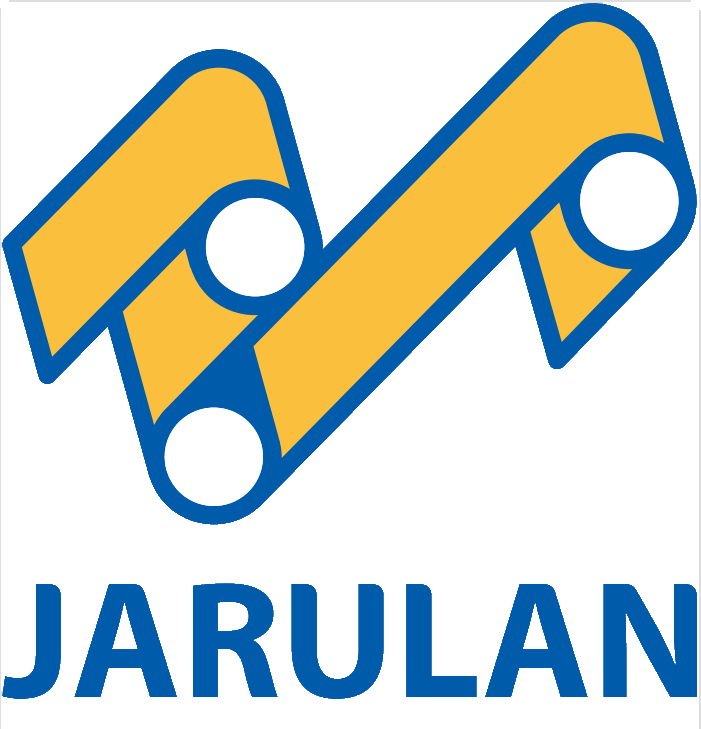1. สาเหตุที่สายพานขาด
(1) ความตึงของสายพานลำเลียงไม่เพียงพอ
(2) สายพานลำาเลียงมีการใช้งานเป็นเวลานานและเสื่อมสภาพลงอย่างมาก.
(3) วัสดุหรือเหล็กชิ้นใหญ่ทุบสายพานลำเลียงหรือกระดาษติด.
(4) คุณภาพของข้อต่อสายพานลำเลียงไม่ตรงตามข้อกำหนด.
(5) ข้อต่อสายพานลำเลียงผิดรูปหรือเสียหายอย่างรุนแรง.
(6) การเบี่ยงเบนของสายพานลำเลียงติดขัด
(7) The tension of the conveyor belt tensioning device on the conveyor belt is too large.
2. Prevention and treatment of broken belt
(1) Replace the conveyor belt that meets the requirements.
(2) Expired conveyor belts should be replaced in time
(3) Strictly control the loading of bulk materials and ironware onto the conveyor
(4) Replace the damaged connector.
(5) Increase the deviation-adjusting drag roller and anti-deflection protection device; if the conveyor belt is found to be jammed by the frame, it should be stopped immediately.
(6) Adjust the tensioning force of the tensioning device properly.
(7) After a broken belt accident occurs, the following steps can be taken to deal with:
①Remove the floating coal on the broken belt.
② Catch one end of the broken tape with a card board.
③Lock the other end of the broken belt with a wire rope.
④ Loosen the tensioning device.
⑤ Pull the conveyor belt with a winch.
⑥Cut the conveyor belt to break its ends.
⑦Connect the conveyor belt with metal clips, cold bonding or vulcanization, เป็นต้น.
⑧After trial operation, it is confirmed that there is no problem, and then put into operation.



